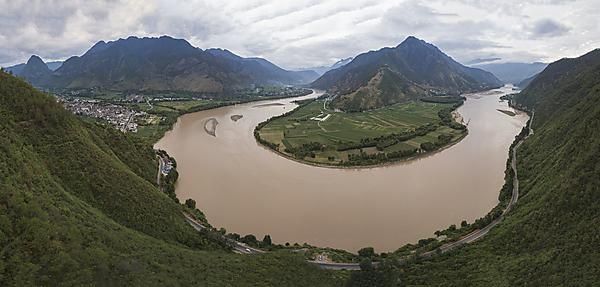This is resulting in increased levels of solutes such as calcium, potassium, chloride and bicarbonates flowing through our major river basins and estuaries and ending up in the ocean, scientists say.
Over the space of almost a decade, an international team established a global database of runoff and solute concentration data (some of it spanning more than a century) for almost 150 large rivers.
They included the Colorado and Mississippi (USA), the Amazon (South America), the Congo (Africa), the Rhine (Europe), the Yellow and Yangtse rivers (China), and the Murray (Australia).
Continue reading at University of Plymouth
Image via University of Plymouth


